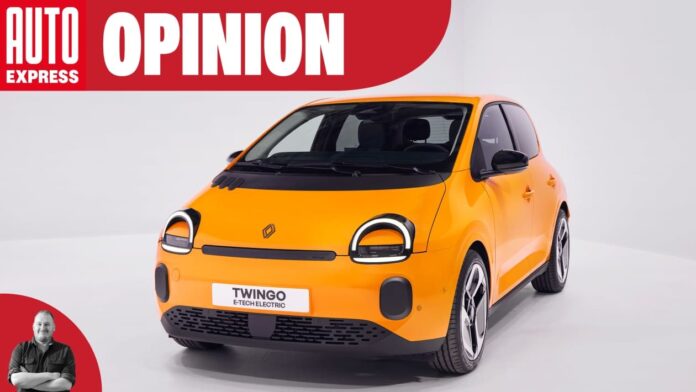The reborn Renault Twingo, launched after just 100 weeks of development, is a bold statement about European automakers’ newfound agility. This lightning-fast turnaround sets a new benchmark in the industry, showcasing Renault’s commitment to compete head-on with the nimble Chinese electric vehicle (EV) manufacturers like BYD and Geely.
Renault surprised everyone when CEO Luca de Meo declared in November 2023 that the all-new Twingo would be hitting dealerships within two years. This ambitious timeframe signaled a radical shift for the venerable brand, challenging its own history of slower development cycles to match the breakneck pace of newer entrants.
Central to this rapid evolution was a decisive approach to decision-making. Embracing the speed and directness characteristic of Chinese automakers, Renault prioritized swift action over endless meetings and studies. This “just do it” mentality fueled a relentless development process.
Further accelerating development was the establishment of ACDC, Renault’s dedicated R&D center in Shanghai. Operating on a near-constant schedule, ACDC leverages China’s renowned manufacturing ecosystem and its reputation for cutting-edge technology and rapid production cycles. Despite the geographical separation, Renault’s Technocentre in Paris remained the orchestrator of this international effort, ensuring the project’s quality and adherence to core Renault design principles.
Crucially, Renault didn’t simply assemble off-the-shelf components. The Twingo boasts numerous innovations, from its powertrain to the unique mechanism controlling the sliding rear seats. Every aspect reflects a commitment to building something truly new, not just hastily piecing together existing parts.
This emphasis on speed translates into tangible benefits for consumers. Shorter development cycles directly translate into lower production costs, allowing Renault to price the Twingo competitively. And despite its affordability, Renault insists it will remain profitable – a vital consideration in an industry where small cars are increasingly under pressure.
The most significant advantage, however, might be timing. While Volkswagen and Renault had considered collaborating on their respective entry-level EVs, those discussions stalled. Now, the Twingo arrives solo, staking its claim on the market for at least a year before VW’s counterpart enters the fray. This head start allows Renault to establish itself as a serious contender in the burgeoning segment of affordable electric city cars.
In an industry traditionally dominated by cautious incrementalism, Renault’s sprint development cycle signals a potential paradigm shift. Only time will tell if this bold gamble pays off, but one thing is certain: the Twingo has thrown down the gauntlet to both established players and nimble newcomers alike.
